Mistaken priorities for India trade
By RN Bhaskar and Sakeena Bari Sayyed
Image created by: perplexity.ai
Indian policy makers have spent a lot of time in belittling communities. Instead, they should be promoting amity, strengthening bonds with neighbours and also harmonizing communities within its borders. The result: India trade has been a casualty. Ideology has blighted the vision of economic planning.
Just examine a news item published last week. It has obviously been written after discussion with senior policy makers. True, there is no government circular announcing this trade plan (none has been unearthed till now). Yet, the very fact that officials have voiced such thoughts points to the jaundiced view of policy makers.
What is interesting is that the policy makers have rattled off the names of countries they plan looking at, to promote India trade. They want to do this as plan B given the tariff turmoil caused by Trump (https://bhaskarr.substack.com/p/trump-tariffs-trouble). It is good that India is finally working on developing trade with countries other than USA, Europe, New Zealand and Australia. But, the bias in the minds of policymakers becomes obvious if one looks at the list of countries very closely.
The size of the market in any country depends on two factors:
- Its population
- Its exposure to global trade
If both these factors are vibrant, that country is the ideal partner for trade.
The bigger the population, the more the number of mouths to feed, bodies to cloth, minds to be educated and entertained. Population determines transport as well. And, that is where the government’s recommended list for India trade is a sad and apologetic one. The policymakers list out Ghana, Rwanda, Uganda, Togo, Bahrain, Nepal and Sri Lanka for India trade.
However, they seem to have missed out bigger fish. Look at the population data. It shows that both Malaysia and Indonesia account for a larger population than all the countries shortlisted by India’s policymakers. Such policymakers seldom have a mind of their own. They often reflect the views that their master would like.
Look at the trade volumes of the countries recommended by the officials and compare them with volumes of two key countries who also happen to be India’s neighbours. Once again, the trade volumes of the two countries is larger than the total of all the recommended countries. India’s policymakers suffer from one of three problems:
- a weak eyesight that cannot look at the number clearly
- low IQ which cannot understand the relevance of these figures
- a very weak spine.
Once again India seems to have missed the key element of promoting trade and overlooking even the exhortations of NITI Aayog which has advised more India trade with its neighbours (https://economictimes.indiatimes.com/news/economy/foreign-trade/india-should-have-strong-trading-ties-with-neighbours-including-china-niti-ceo-subrahmanyam/articleshow/124358625.cms?from=mdr).
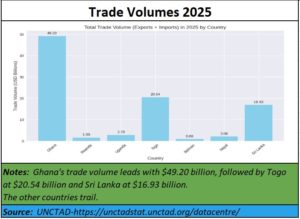 This finds adequate reflection even by looking at the total trade volume of some of these countries.
This finds adequate reflection even by looking at the total trade volume of some of these countries.
The only explanation for this distorted thinking can be India’s ideological under-pinnings that have come into sharp focus during the past decade. It does appear that India wants to have little to do with Islamic countries. Remember the Pahalgam attack, India banned trade with Turkey and Azerbaijan for supplying arms and technology to Pakistan. The US, China and Russia have also supported Pakistan with arms, technology and trade ties. So, why single out Turkey and Azerbaijan? The answers appear obvious.
Such thinking is absurd for three reasons.
- Islam accounts for the largest market in the world after Christendom.
- Hinduism is much smaller than India’s demagogues would like us to believe.
- Vibrant trade depends not only on needs but also good relations. India is not a monopoly player or the only beautiful damsel in town. There are other contestants and contenders.
Bad relations will leave India without any companion. It also appears that some people in India believe they can succeed with the same xenophobic strategies that Israel has been pursuing. They only need to look at Israel’s economy today (https://youtu.be/zoQZzLkN5qY?si=ZaBxsjC7-EcEagoI). Israel is bankrupt today but for generous dollops of aid from the US, India neither has the luxury nor the international clout to do this. Israel is already an international pariah. India cannot afford such ignominy.
It is heartening to see India refocussing its attention on some of the countries in Africa. But once again, India’s policymakers have not listed out Nigeria which is the largest economic player on that continent. In any case, India needs to work a lot harder to become economically vibrant as our studies have shown India is poorer than Sub-Saharan Africa (https://youtu.be/Q4jSp8l172s?si=IwOuR8xCUIq5p1zn).
The folly of focussing on Africa without including Malaysia and Indonesia is also quite evident. It must be noted that all the fifty-odd-countries of Africa have just about the same trade volume as Malaysia and Indonesia put together.
India has a lot of explaining to do for these blind spots.
Conclusion
India’s economic survival depends on vibrant trade. Without India trade blossoming, its balance of trade will worsen, its currency will continue to weaken and its big talk about becoming great will sound hollow. Already there are fears that India could slip back to 1990 (https://bhaskarr.substack.com/p/india-back-to-1990?utm_source=publication-search). The only way to prevent this from happening is by making India trade meaningful. The blighted vision of India’s policymakers could destroy that single opportunity.
===============
Do view my latest podcast on the way the government has been betraying farmer interests through its policy on pulses. The government is also undermining India’s nutrilion goals. You can find it at https://youtu.be/z6b8V99g82s
———————–
And do watch our weekly “News Behind the News” podcasts, streamed ‘live’ every Saturday morning, at 8:15 am IST. The latest can be found at https://www.youtube.com/live/Kur1GGShwIc?si=5QzpmS6xnXbMTVNp
===================


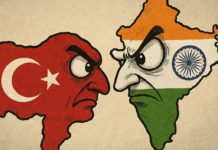









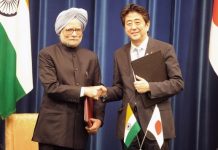













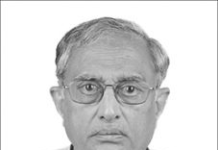

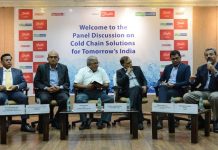

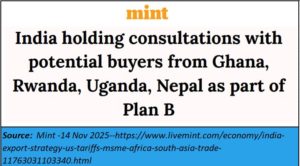
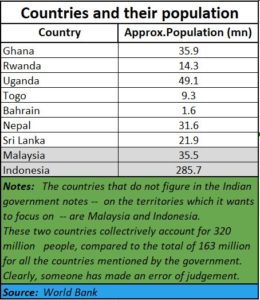
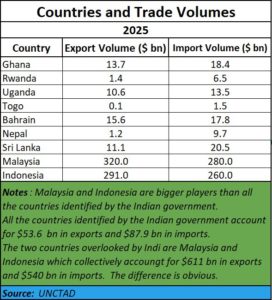
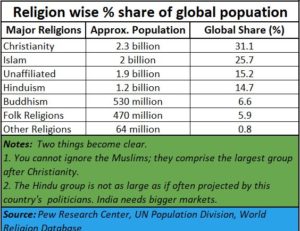
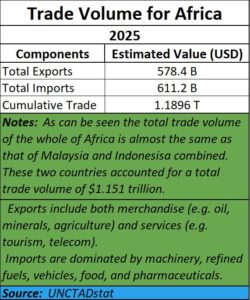








COMMENTS